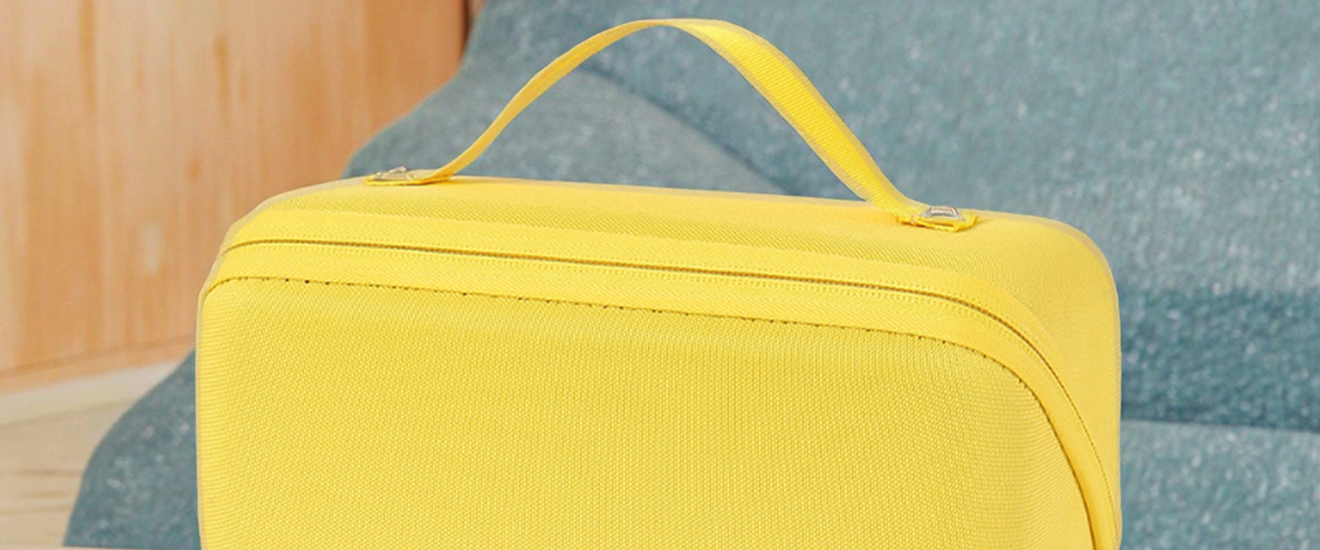In the world of professional photography, the debate over whether to use Canon or Nikon has persisted for decades. Both brands have established themselves as titans in the industry, each boasting a loyal following and a plethora of high-quality equipment. For aspiring photographers and seasoned professionals alike, the choice between Canon and Nikon can be daunting. This article delves into the nuances of each brand, examining their strengths, weaknesses, and the factors that influence a photographer's decision.
The Legacy of Canon and Nikon
Canon and Nikon have been at the forefront of photographic technology since the mid-20th century. Canon, founded in 1937, initially focused on precision optics and cameras, while Nikon, established in 1917, began as a manufacturer of optical instruments. Over the years, both companies have evolved, introducing groundbreaking innovations that have shaped the photography landscape.
Image Quality and Sensor Technology
When it comes to image quality, both Canon and Nikon offer exceptional performance. However, their approaches to sensor technology differ. Canon is known for its Dual Pixel CMOS AF technology, which provides fast and accurate autofocus in both still photography and video. This feature is particularly beneficial for professional photographers who shoot in dynamic environments, such as weddings or sports events.
On the other hand, Nikon has made significant strides with its Z-series mirrorless cameras, which utilize a larger Z-mount that allows for greater light transmission. This results in improved low-light performance and dynamic range, making Nikon a favorite among landscape and astrophotographers.
Lens Selection and Compatibility
One of the most critical factors in choosing between Canon and Nikon is the availability and compatibility of lenses. Both brands offer an extensive range of lenses, from wide-angle to telephoto, catering to various photography styles. Canon's EF and RF lens systems provide a wide selection of options, including specialized lenses for macro and portrait photography.
Nikon's F-mount lenses have been a staple for decades, and the introduction of the Z-mount has expanded their offerings significantly. However, Nikon's lens ecosystem is still catching up to Canon's in terms of variety, particularly in the realm of high-end specialty lenses.
Ergonomics and User Experience
The ergonomics of a camera can significantly impact a photographer's workflow. Canon cameras are often praised for their intuitive controls and user-friendly interfaces, making them accessible for beginners and professionals alike. The layout of buttons and dials is designed to facilitate quick adjustments, which is crucial during fast-paced shooting scenarios.
Conversely, Nikon cameras tend to have a more robust build, appealing to photographers who prioritize durability. The grip and weight distribution of Nikon bodies can provide a sense of stability, especially when using heavier lenses. Ultimately, the choice between Canon and Nikon may come down to personal preference regarding handling and comfort.
Price and Value
When considering the financial aspect, both Canon and Nikon offer a range of products that cater to different budgets. Entry-level DSLRs from both brands are competitively priced, making them accessible for budding photographers. However, as one delves into higher-end models and professional-grade lenses, the costs can escalate quickly.
It's essential for photographers to evaluate their specific needs and budget constraints. While Canon may have a slight edge in terms of lens variety, Nikon's recent advancements in mirrorless technology present compelling options for those looking to invest in future-proof equipment.
Conclusion: The Personal Choice
Ultimately, the decision between Canon and Nikon is highly subjective and depends on various factors, including shooting style, budget, and personal preference. Professional photographers often choose their gear based on specific needs, whether that be fast autofocus, low-light performance, or lens availability.


